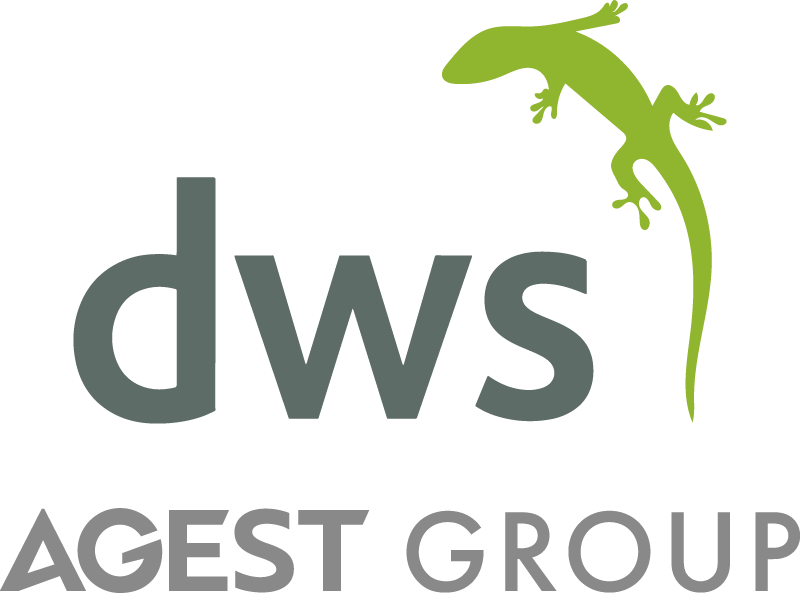Upgrading is essential.
With Oracle’s Continuous Delivery model for JD Edwards EnterpriseOne (E1), businesses must stay agile, adopting frequent updates to unlock new capabilities, stay code current and boost productivity. Routine upgrades improve operations, empower mobile workforces and mitigate risks tied to outdated software versions.
Yet, many organisations hesitate to upgrade, driven by concerns over potential disruption or the complexity of their modified environments. Ironically, delaying these updates can exacerbate the very challenges they hope to avoid—higher costs, increased effort and greater disparity between versions.
By embracing a strategic upgrade approach, businesses can transform the process into one that is faster, smarter and lower risk—delivering tangible value and future-proofing operations.
What is JD Edwards EnterpriseOne release 9.2?
Release 9.2 of JD Edwards EnterpriseOne is becoming the new standard for many organisations, representing a shift from large, disruptive upgrade projects to more frequent, manageable updates. This move aligns with Oracle’s Continuous Delivery model, where updates are smaller but more frequent, providing businesses with quicker access to new features and functionality.
Frequent updates not only keep your system running smoothly but also allow for greater control over the upgrade process, enabling your organisation to decide when and how to implement changes. Each upgrade in Release 9.2 is an opportunity to innovate, mitigate risks and accelerate time to value. By adopting a process-driven approach to change event projects—whether for tools releases or other updates—you can keep your JD Edwards system modern and secure without the disruption of major overhauls.
The importance of a code current strategy
A code current strategy is vital for businesses looking to maximise the benefits of their JD Edwards system. Staying code current offers a range of advantages, including:
- Access to new features: By regularly updating your software, you can leverage the latest features and improvements introduced by Oracle, ensuring your organisation stays at the cutting edge of enterprise technology.
- Improved security: Software updates often include important security patches that protect your system from vulnerabilities. Staying current reduces the risk of potential security threats.
- Ongoing support: Oracle typically only supports the most recent versions of its software. Keeping your system up to date ensures it remains eligible for vendor support, preventing compatibility or performance issues.
- Reduced technical debt: Regular updates prevent your code from becoming outdated and unsupported, which can lead to higher costs and effort later on. Keeping up with updates avoids the accumulation of technical debt.
- Enhanced performance: Newer versions often bring optimisations that improve the performance and stability of your JD Edwards system, helping your business run more efficiently.
Reducing your modified footprint
Custom code can provide valuable, tailored solutions, but it also comes with challenges. Over time, maintaining and updating this code can become costly and time-consuming, especially when the underlying software evolves. Custom code introduces several issues, including:
- Maintenance complexity: Custom code requires ongoing attention to ensure it remains compatible with system updates. This can significantly prolong upgrade timelines.
- Increased technical debt: As the original developers of custom code move on, and the code itself becomes less documented, it can accumulate technical debt, making future upgrades even more difficult.
- Upgrade difficulties: Customisations often complicate upgrades, as they may need to be rewritten or adjusted to remain compatible with new versions.
- Limited vendor support: Software vendors typically offer limited support for issues related to custom code, placing the burden on internal teams to resolve problems.
- Security risks: Custom code can introduce vulnerabilities, as it may not follow the same security best practices as the core software.
Orchestration offers a smarter way to manage updates and reduce your reliance on custom code. With automation now possible through the web, orchestration can streamline processes such as package builds, eliminating the need for a Development Client or Deployment Server. Automating daily or weekly updates for specific projects reduces manual steps, saving both time and effort. This enables organisations to be more agile, scheduling full package builds and empowering developers to run orchestrations independently as part of the development lifecycle.
Strategic JDE upgrades with DWS tools
DWS offers a powerful set of tools to make upgrades smaller, faster, and smarter. These tools help organisations reduce their modified footprint by identifying unused code and replacing customisations with standard JD Edwards elements. By retiring unnecessary modifications, future upgrades become simpler and more efficient.
Using DWS tools, businesses can turn each upgrade event into an opportunity to streamline future projects, reducing the time and cost associated with updates. The result is a more standardised JD Edwards environment that is easier to maintain, with fewer customisations to manage and upgrade.
Why use DWS upgrade analysis and process tools?
DWS provides two key upgrade services that are unique in the JD Edwards marketplace:
- Dimension Analyze: This complimentary service identifies modifications by comparing the Pristine and Production environments, offering an unprecedented level of accuracy for upgrade estimates. Dimension Analyze produces a free Preliminary Audit Report & Quotation, giving detailed, object-by-object estimates for your upgrade.
- Dimension Professional: This suite of tools enables DWS to manage upgrades with fixed prices and timescales, providing role-based tools for project managers, developers, and quality assurance teams. Dimension Professional offers solutions for on-premises, hybrid, and cloud environments, making it easier to manage upgrades, even when custom items need to be retrofitted. It also provides valuable insights through Dimension Net Change™ data, which allows organisations to fully understand the impact of any upgrade event.
By using DWS tools, businesses can increase developer productivity and achieve higher “right first time” ratios, delivering faster, more accurate upgrades with fewer defects.
Transform your JD Edwards EnterpriseOne environment with smaller, faster and smarter upgrades. Stay code current, streamline your processes and reduce risks with the help of DWS tools.
Ready to take the next step?
Contact us today for a demo and discover how we can help you modernise and optimise your JD Edwards system.




